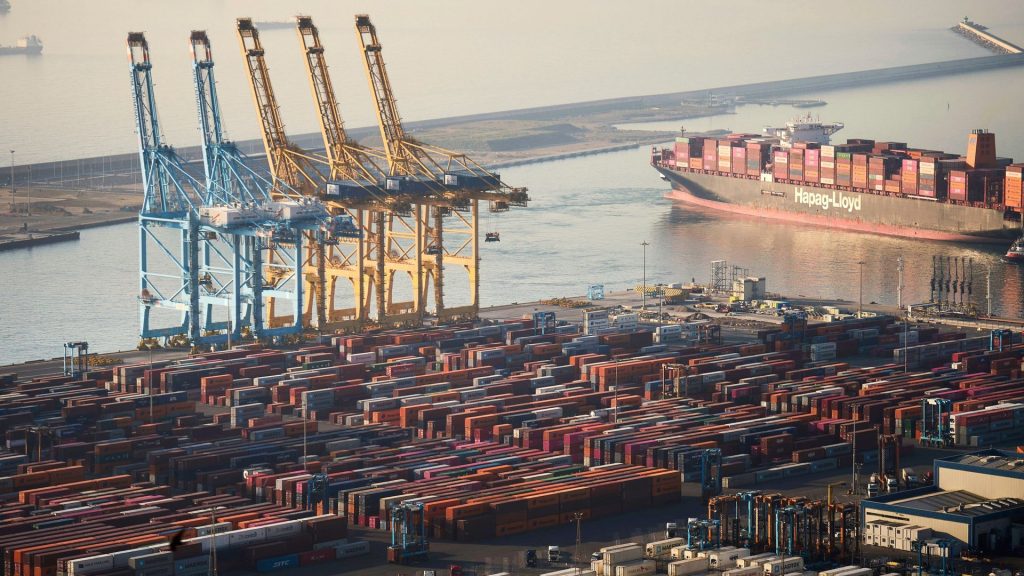International shipping authority agrees to first ever global emissions fee
Ella Greene April 12, 2025 0
- Countries reached a landmark agreement to curb emissions from global shipping, which contributes about 3% of global greenhouse gases. Under the deal negotiated by the UN’s International Maritime Organization, ships must reduce emissions or pay a fee, with the goal of achieving net zero by around 2050.
- The accord, set to take effect by 2028 pending final approval, introduces the first-ever global carbon price for an industry while funding cleaner fuel transitions and aid for climate-vulnerable nations.
- There was pushback to the deal, with the United States withdrawing from the negotiations earlier in the week, although no other countries followed its lead.
Full Story
Countries around the world reached an agreement Friday, April 11, to address the environmental impact of shipping, which currently accounts for approximately 3% of global emissions. The deal, negotiated under the authority of the United Nations’ International Maritime Organization (IMO), mandates that ships transporting goods across oceans must either reduce their greenhouse gas output or pay a fee, with the goal of achieving net-zero emissions around 2050.
How does the IMO’s agreement intend to meet its goals?
This accord is set to take effect in 2028, pending approval at the IMO’s next meeting in October. It marks the first time a global industry is being subjected to a price for its climate pollution regardless of where it operates. The fees collected will largely be used to fund the transition to cleaner fuels within the maritime industry, with some revenue also designated for assisting developing nations vulnerable to climate-related disasters.
Ships using conventional shipping oil will face a higher fee of $380 per metric ton of carbon dioxide emissions, while those using a less carbon-intensive fuel mix will incur a fee of $100 per metric ton. This system is expected to generate between $11 billion and $13 billion annually, according to estimates from the IMO.
What does this mean for global shipping costs?
While the cost implications of these measures for the worldwide shipping industry are currently unclear, previous climate measures from the IMO did raise prices. Analysts determined that a 2020 rule from the organization that regulates the kind of fuel maritime shipping vessels are allowed to use contributed to increased shipping rates that remained elevated for over a year.
How will this impact the US shipping industry?
Notably, the United States withdrew from the talks earlier in the week, though no other nations followed suit. The full implications of the U.S.’s withdrawal remain unclear, with a State Department official only saying that the country did not participate in the negotiations.
What happens next?
This new agreement falls short of the more ambitious goals originally proposed, such as the IMO’s target of a 20% reduction in shipping emissions from these measures, compared to the 5% decrease, which is ultimately expected to be seen from the current deal. However, officials say it is part of broader efforts to meet those long-term goals, and it builds on previous steps toward introducing an industrywide carbon price.
Related Stories
Ella Rae Greene, Editor In Chief
Ella Greene
Ella and the staff at Clear Media Project (CMP) curate these articles.
Unless otherwise noted CMP does not write these articles.
The views, thoughts, and opinions expressed in the articles published on this blog belong solely to the original authors and do not necessarily reflect the views of the blog owner. The blog owner does not claim ownership of the content shared by contributors and is not responsible for any inaccuracies, errors, or omissions.
All rights and credits goes to its rightful owners. No Copyright Infringement is intended. If you believe any content infringes on your rights, please contact us for review and potential removal.





